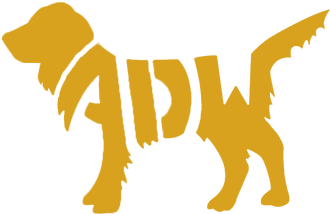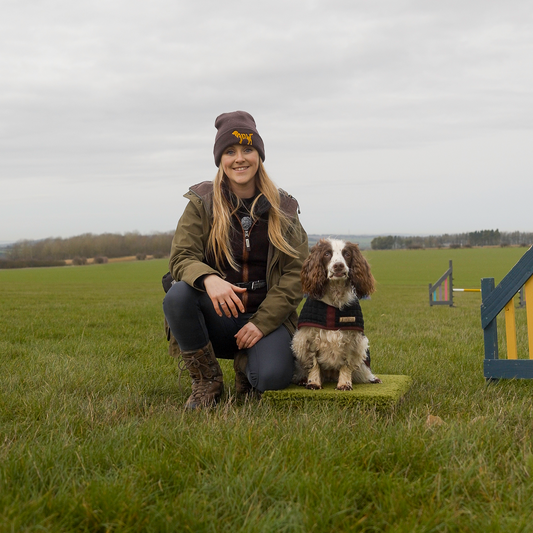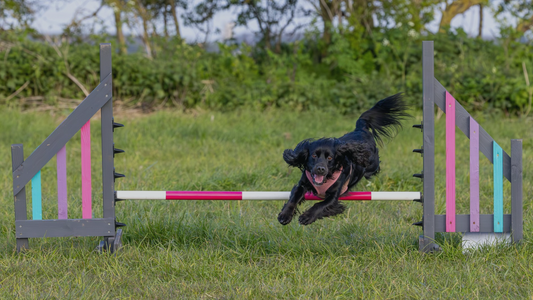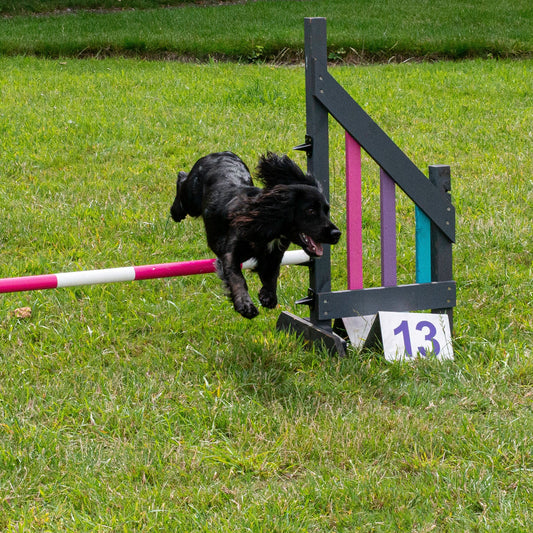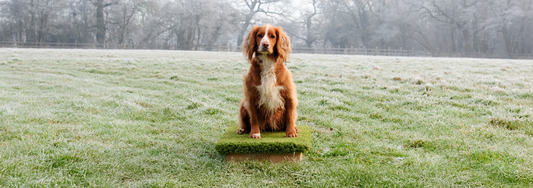How To Stop Dogs Pulling On Lead | A Two-Step Approach
What is ‘Loose Lead Walking’?
When we talk about ‘Loose Lead Walking’, the aim is to have our dogs walk beside us, on a slack lead, with no pulling or sniffing.
Why do dogs pull on their leads?
- They walk quicker than us.
- To access interesting sights and smells.
Have you ever been shopping with someone who walks slower than you? You will have found that you had to adjust your pace to not leave them behind as they browse. Well, we are the slow shopper for our dogs whose walking pace is naturally faster than our own!
In our training, we design exercises to set up scenarios where our dogs are likely to succeed so they can learn to adjust their stride to match ours.
What is the fastest way to train your dog not to pull?
We take a two-step approach:
- Don’t reward the behaviour you don’t want, pulling.
- Do reward the behaviour we do want, Loose Lead Walking.
Consistency is key:
- To do this you will need to spend 5-10 minutes a day, not trying to go anywhere, dedicated to training.
- For example, aim to train for 10 minutes then stop or use their meal allowance as the training reward and stop when they have finished their portion.
- Think “quality over quantity”; it is not a bad thing if you do not progress to doing a route and instead your time is spent on foundational exercises. Your dog will have still been engaged in mental and physical stimulation for the same amount of time.
- Train before you start your walk, teaching your dog that only when they are walking nicely on the lead are they rewarded by the excitement of walking a new area or being let off lead for a run.
- Do not practice somewhere highly distracting until it is working really well somewhere less distracting.
- Without this regular commitment, you will not see results fast. It is like going to the gym, once a week and the changes will be slow, whereas regular sessions are when the transformations happen.
Why is our training effective?
In our training, we design exercises to set up scenarios where our dogs are likely to succeed so they can learn to adjust their stride to match ours.
The exercises are designed to start simple, so the dog can offer more successful repetitions that we can mark and reward.
With each success, the heel position is reinforced, and we can raise our criteria until we have a dog that walks on a slack lead beside us.
Key Word: mark and reward training, this refers to a type of training when we use the sound of a clicker or word to tell the dog the precise behaviour that earnt them a treat. Often a clicker is used because they are quick, precise, and repeatable sound, although a word such as ‘good’ can be used as a verbal marker.
Imaging a path through a forest is a good analogy of the dogs’ brain and the effect of the learning that occurs in training sessions has. The path represents the dogs’ neural pathways. When we spend time on training sessions that path is becoming more travelled every time we reward success in our training. That means the Loose Lead Walking behaviour becomes more default and easier for the dog to offer us.
At the same time, we do not allow the dog to pull, for example by stopping walking when the lead starts to tighten, re-engaging the dog, and rewarding when they are back by our side. Doing this alongside your heelwork training teaches them that on a loose lead they get to move forwards, and if they pull, they don’t. This means that the previously travelled path of pulling becomes less trodden/practised, and a less likely choice for the dog to make.
How to get started?
Anything you reward will happen more often. For the next 7 days start rewarding what you want on walks with treats your dog loves. If you only do one thing, my recommendation would be to focus on rewarding every time your dog looks at you on a walk because eye contact is the basis of engagement.
Will you always need to use food?
You won't always need a high rate of reinforcement. By stopping walking if your dog pulls, re positioning at heel before carrying on, the dog will learn that treats aren’t the only rewards available, continuing with the walk by offering a loose lead will be rewarding too.
Put the time into your foundational training and then have a walk that you'll enjoy walks with for years to come.
About the author:
Hi 👋 I’m Emma, accredited as a professional dog trainer by the Institute of Modern Dog Trainers (IMDT). I help owners of energetic dogs achieve the dog-owning life they envisioned by providing robust obedience & agility training for dogs in Balsham, near Cambridge.
Disclaimer: The content of this article does not include personalised advice and is for information purposes only. If you need individual advice or other enquiries please click here to get in contact or if you're not local to Anglian Dog Works, you can find a trainer in your area by going to the IMDT website: https://www.imdt.uk.com/find-a-qualified-imdt-trainer
Please share your questions and progress:
We would love to see how you get on with your dog’s introduction to place boards. For tips from our trainer and to share success post your pictures and videos in the Anglian Dog Works Facebook group. https://www.facebook.com/angliandogworks
